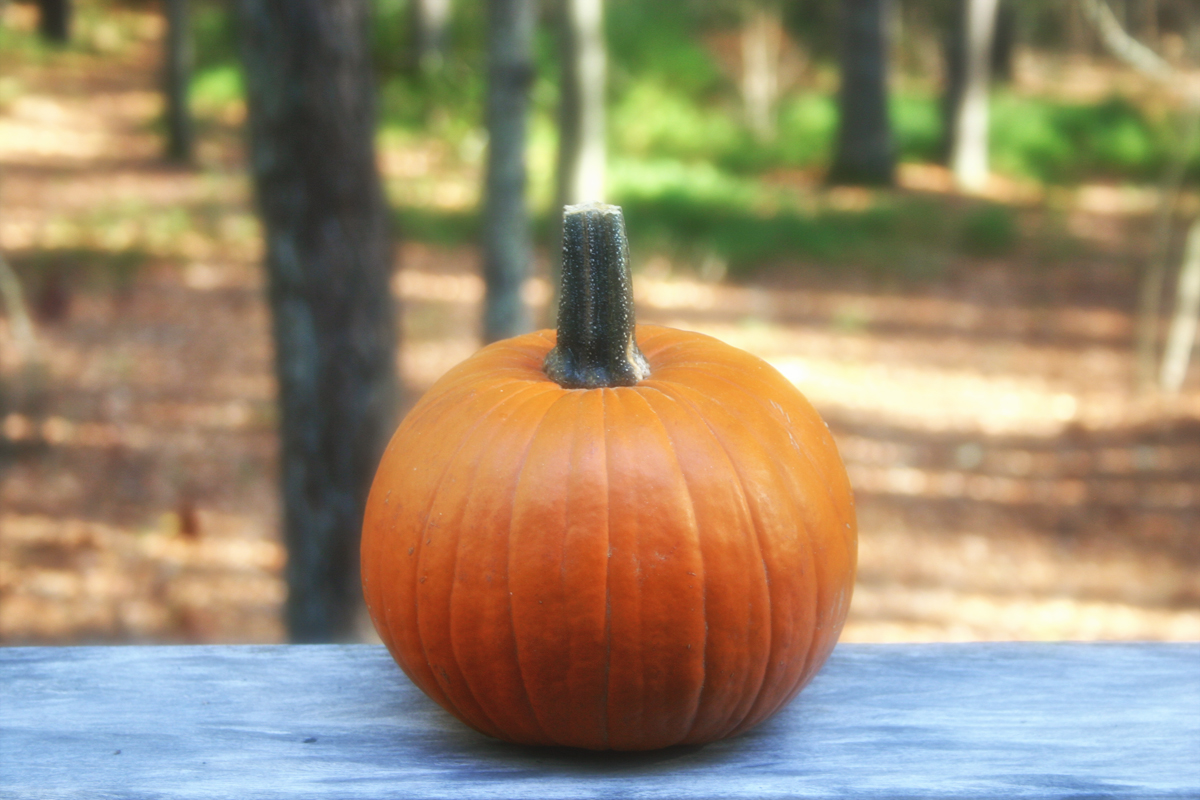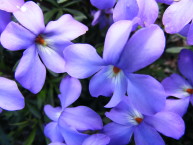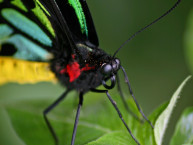 Native Americans, to be more specific the Wampanoags, introduced the settlers to the pumpkin berry at one of the early feasts they shared.
Native Americans, to be more specific the Wampanoags, introduced the settlers to the pumpkin berry at one of the early feasts they shared.
Pumpkin was a salvation for the remaining settlers after the harsh winter of 1621 when half the pilgrim population perished. The Native Americans, Wampanaugs, taught the settlers how to plant pumpkin vines between rows of corn. Herring was used as fertilizer and helped produce a good harvest. Since pumpkins are easy to store and preserve they were an ideal food source. More pumpkins were planted in the following years and enjoyed at their celebration of thanks in 1623. Pumpkin became a staple in the Pilgrims diet. They actually learned to make flour from dried pumpkin. The first pumpkin pies were actually baked in the shell which had been scooped out and filled with milk.
Pumpkin is a fruit (a berry) and can weigh just a few ounces or more than 1,000 pounds. More than 1 billion pounds of pumpkin are now grown annually in the U.S. The flesh, seeds and blossoms are all edible. A cup of pumpkin puree has only 50 calories, no fat and is loaded with beta-carotene and fiber.















